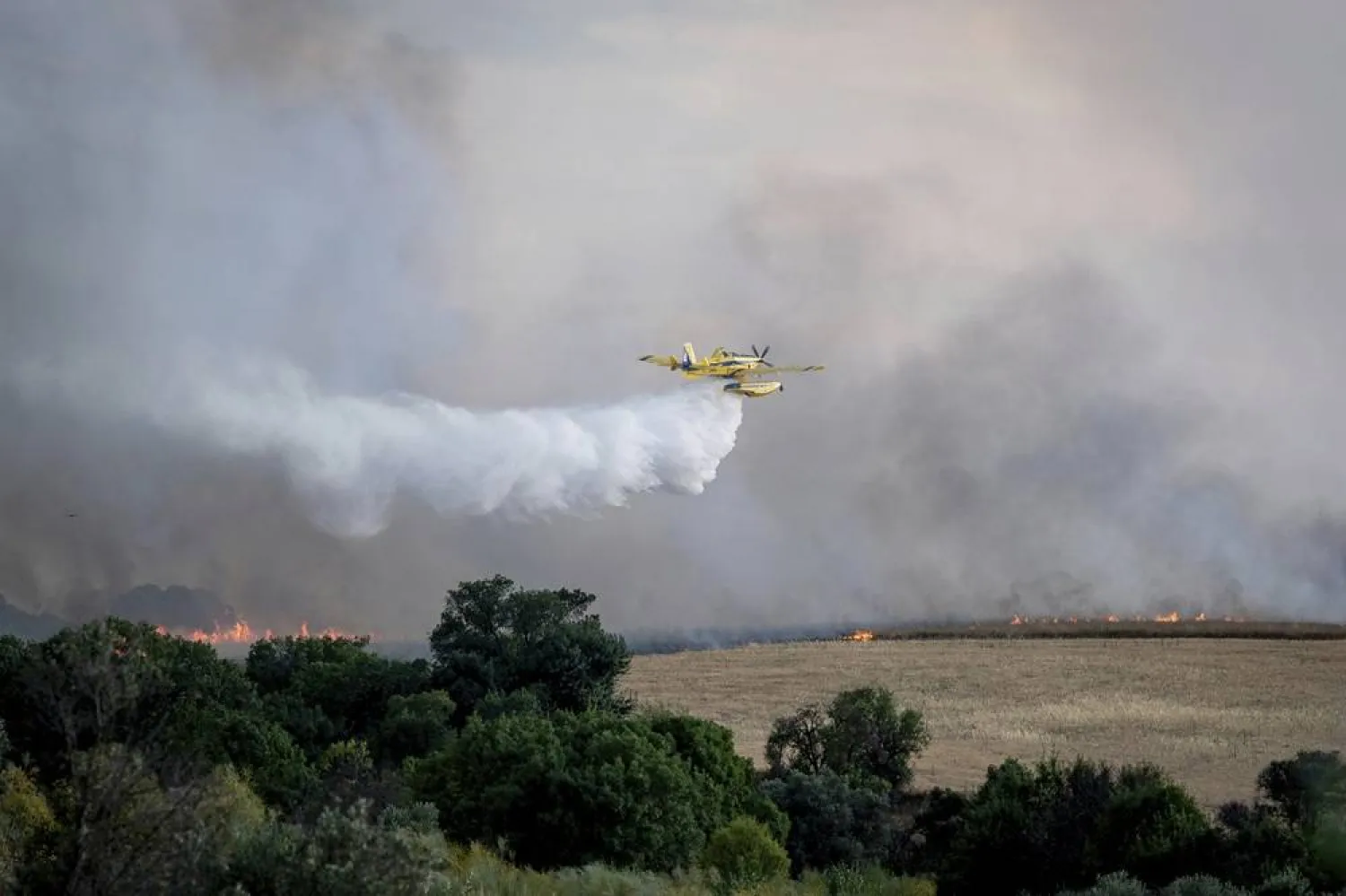A half-ton Soviet spacecraft that never made it to Venus 53 years ago is expected to fall back to Earth this weekend.
Built to land on the solar system's hottest planet, the titanium-covered spacecraft may survive its fiery, uncontrolled plunge through Earth's atmosphere, predicted to occur on Saturday. But experts said it likely would come down over water, covering most of the world, or a desolate region.
The odds of it slamming into a populated area are “infinitesimally small,” said University of Colorado Boulder scientist Marcin Pilinski.
“While we can anticipate that most of this object will not burn up in the atmosphere during reentry, it may be severely damaged on impact,” Pilinski said in an email.
By Friday, all indications pointed to a reentry early Saturday morning, US Eastern Time, give or take several hours. While space debris trackers around the world converged in their forecasts, it was still too soon to know exactly when and where the spacecraft known as Kosmos 482 would come down. That uncertainty was due to potential solar activity and the spacecraft’s old condition. Its parachutes were expected to be useless by now and its batteries long dead.
Dutch scientist Marco Langbroek estimated the impact speed at 150 mph (242 kph) if the spacecraft remains intact.
The Soviets launched Kosmos 482 in 1972, intending to send it to Venus to join other spacecraft in their Venera program. But a rocket malfunction left this one stuck in orbit around Earth. Gravity kept tugging on it and was expected to finally cause its doom.
Spherical in shape, the spacecraft — 3-foot (1-meter) across and packing more than 1,000 pounds (495 kilograms) — will be the last piece of Kosmos 482 to fall from the sky. All the other parts plummeted within a decade.
Any surviving wreckage will belong to Russia under a United Nations treaty.







